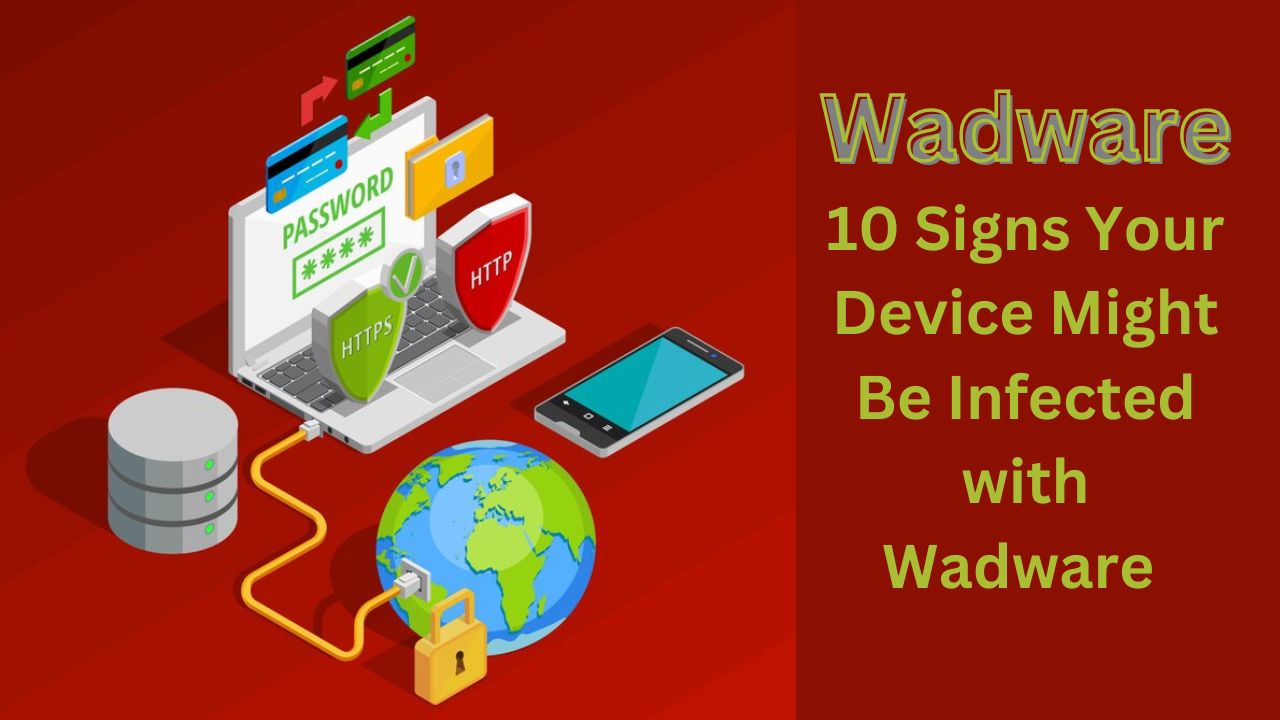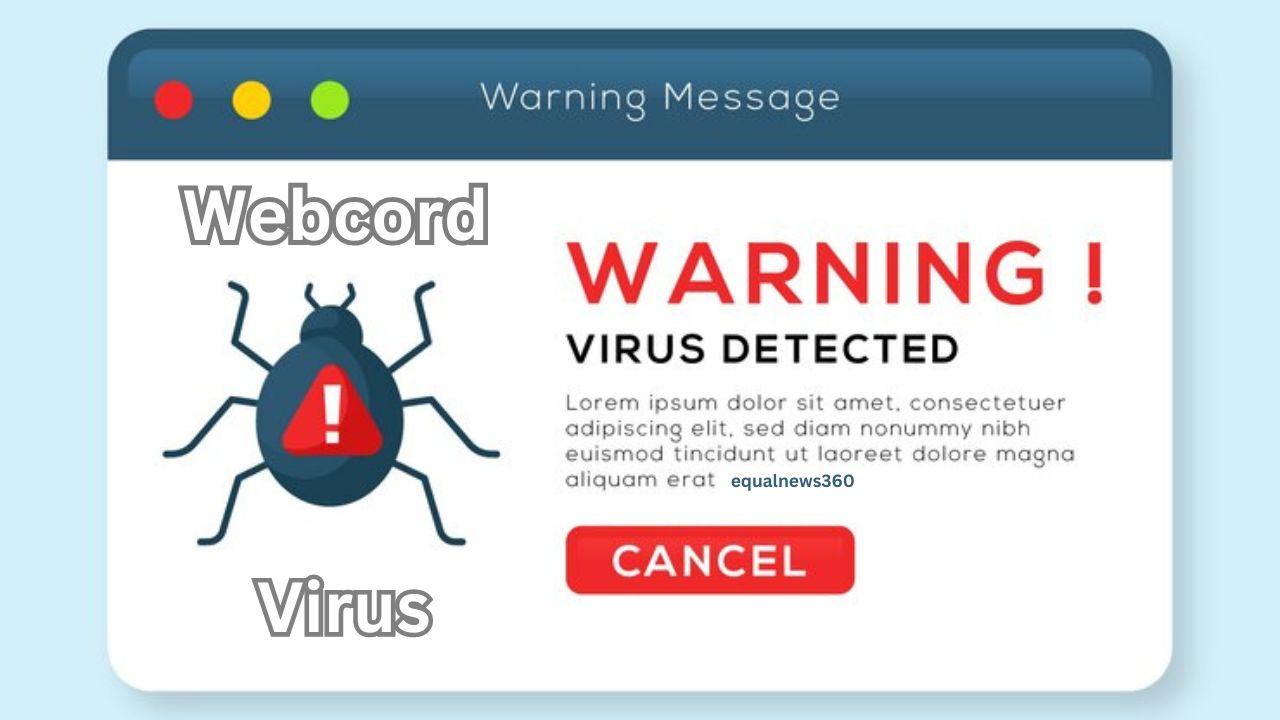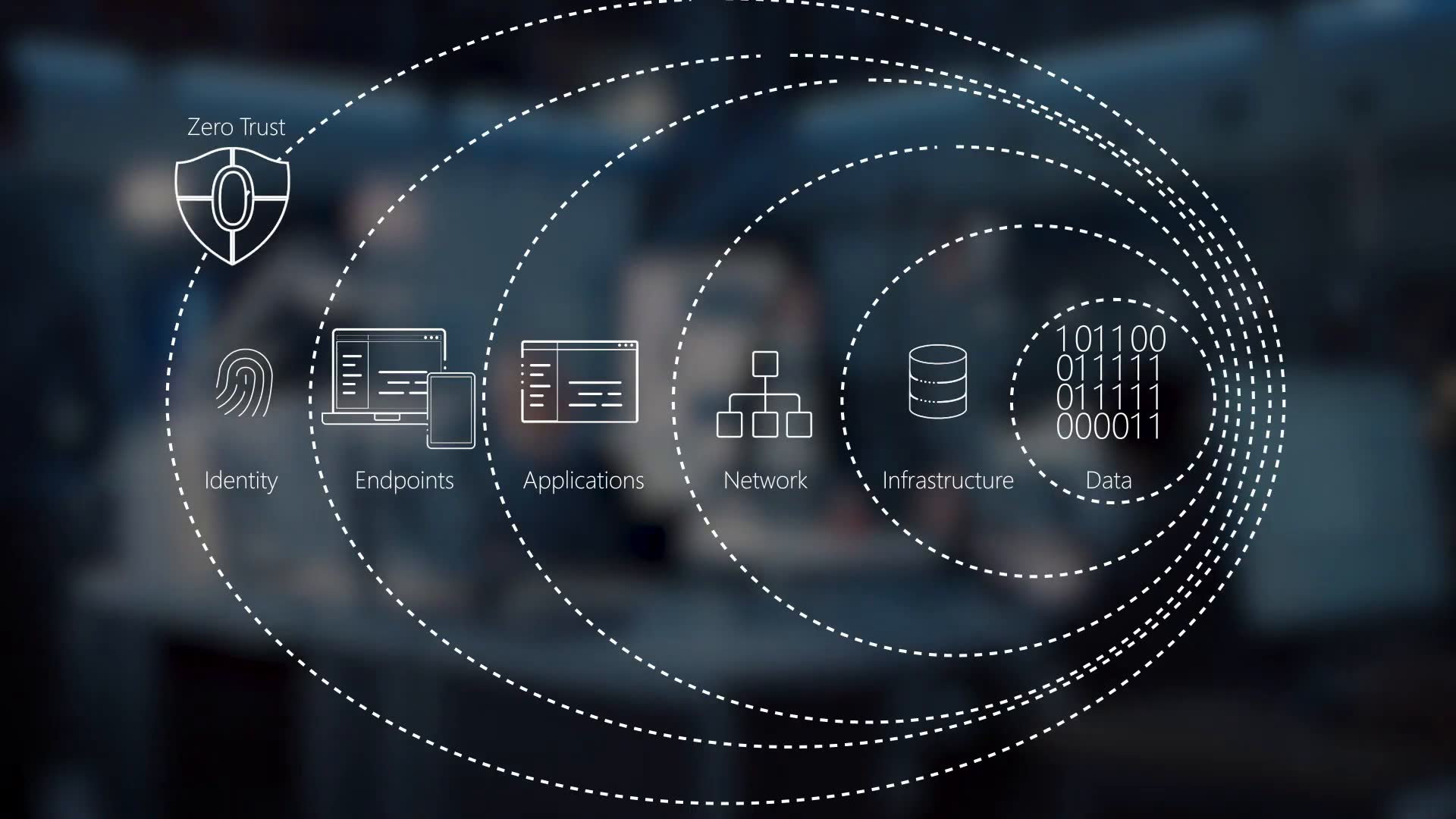Are you noticing strange pop-ups on your device? Is your computer suddenly running slower than usual? You might be dealing with more than just a simple glitch – it could be a wadware infection. In this digital age, protecting our devices from malicious software is crucial. Let’s delve into the world of wadware, identify the warning signs, and learn how to safeguard our technology from these sneaky threats.
What is Wadware?
Wadware, a term derived from the words “ad” and “software,” is a type of malicious software designed to display unwanted advertisements on infected devices. It operates stealthily in the background, often without the user’s knowledge, generating revenue for cybercriminals through clicks or views on these intrusive ads.
Unlike other forms of malware that may aim to steal sensitive information or disrupt system operations, Wadware primarily focuses on bombarding users with pop-ups, banners, and redirecting web pages to sponsored content. This can not only be annoying but also lead to slower device performance and potential security risks.
Once infiltrated into a device, Wadware can be challenging to detect as it disguises itself within legitimate programs or downloads. Users may unknowingly install Wadware while downloading freeware or visiting compromised websites.
As technology evolves and cyber threats become more sophisticated, understanding what Wadware is and how it operates is crucial in safeguarding your digital assets against such ad-based intrusions.
How Does Wadware Infect Devices?
Wadware is a type of malicious software that sneaks its way into devices through various deceptive methods. One common way Wadware infects devices is through phishing emails, where unsuspecting users click on links or download attachments that contain the harmful code. Another method is through malicious websites or pop-up ads that prompt users to click on them, unknowingly triggering the download of Wadware onto their device.
Once inside a device, Wadware can exploit vulnerabilities in operating systems or other software to gain access and control over the system. It may also disguise itself as legitimate software or hide within files to evade detection by security programs. Moreover, some forms of Wadware can spread across networks and infect multiple devices connected to the same network.
Understanding how Wadware infiltrates devices is crucial for taking proactive measures to prevent infection and safeguard personal information from falling into the wrong hands.
10 Warning Signs Your Device Might Be Infected with Wadware
Have you been noticing some strange behavior on your device lately? It could be a sign of a Wadware infection. Here are 10 warning signs to look out for:
1. Sudden slowdown: If your device is taking longer than usual to load programs or websites, it could be a red flag.
2. Unexplained pop-ups: Constant pop-up ads appearing on your screen, especially when you’re not browsing the internet, might indicate an infection.
3. Changes in browser settings: If your default homepage or search engine has been altered without your permission, there’s a possibility of Wadware at play.
4. Increased data usage: A sudden spike in data usage without any changes in your habits could be due to malicious software running in the background.
5. Strange toolbars or extensions: If unfamiliar toolbars or browser extensions have appeared on your browser, it’s worth investigating further.
6. Random system crashes: Frequent system crashes or freezes out of the blue can also point towards malware activity.
7. Missing files or programs: Have important files mysteriously disappeared? This could be another symptom of Wadware infecting your device.
8. Unrecognized software installations: Keep an eye out for any new software that you didn’t intentionally download – this could be a sign of unauthorized installations by malware.
9. Security alerts from antivirus software: If your antivirus program keeps alerting you about potential threats even after scans and updates, there may be something more sinister going on behind the scenes.
10. Weird behavior from email accounts and social media platforms – Unauthorized messages being sent from your accounts without your knowledge might indicate that someone else has access due to malware infiltration.
If you notice one or more of these signs, it’s crucial to take immediate action to protect both yourself and your device from further harm caused by Wadware infections.
Steps to Take if You Suspect Your Device Has Been Infected
If you suspect that your device has been infected with Wadware, the first step is to stay calm and take immediate action.
Begin by running a full scan using reputable antivirus software to detect and remove any potential threats. Update your antivirus definitions before scanning to ensure it can identify the latest malware variants.
If the scan detects Wadware or any other malicious software, follow the prompts to quarantine or delete the infected files. It’s essential to eliminate the threat as soon as possible to prevent further damage to your device and data.
Next, change all of your passwords for online accounts from a clean device. This helps secure your sensitive information in case any credentials have been compromised.
Consider reaching out to a professional IT specialist if you are unsure how to proceed or if the infection persists after initial removal attempts. They can provide expert guidance on further steps needed to fully eradicate Wadware from your system and safeguard against future infections.
Prevention Tips for Avoiding Wadware Infections
To prevent Wadware infections, it’s essential to stay vigilant and proactive in safeguarding your devices. One of the most effective prevention tips is to keep your operating system and software up to date. Regular updates often include security patches that can help protect against Wadware attacks.
Another important step is to be cautious when downloading files or programs from unknown sources. Only download software from reputable websites and avoid clicking on suspicious links or pop-up ads. Additionally, consider installing reliable antivirus software and enable its real-time scanning feature to detect and remove any potential threats.
It’s also crucial to practice safe browsing habits by avoiding visiting questionable websites or engaging in risky online behavior. Be wary of phishing emails that may contain malicious attachments or links designed to infect your device with Wadware. Remember to back up your data regularly to ensure you can recover quickly in case of a malware attack.
Conclusion
In today’s digital age, being aware of the signs of Wadware infections is crucial to protecting your devices and personal information. By understanding what Wadware is, how it infects devices, recognizing warning signs, taking immediate action if you suspect an infection, and implementing prevention tips, you can safeguard against potential threats.
Remember to regularly update your security software, be cautious when downloading files or clicking on links from unknown sources, and practice safe browsing habits. Stay vigilant and proactive in keeping your devices secure from Wadware and other malicious software.
By staying informed and following the steps outlined in this article, you can minimize the risk of falling victim to Wadware attacks. Protect yourself and your devices by being proactive in maintaining a secure digital environment. Stay safe online!


 ENTERTAINMENT5 months ago
ENTERTAINMENT5 months ago
 FASHION7 months ago
FASHION7 months ago
 TRAVEL6 months ago
TRAVEL6 months ago
 NEWS7 months ago
NEWS7 months ago
 BUSINESS7 months ago
BUSINESS7 months ago
 FASHION5 months ago
FASHION5 months ago
 ENTERTAINMENT5 months ago
ENTERTAINMENT5 months ago
 TECH7 months ago
TECH7 months ago




